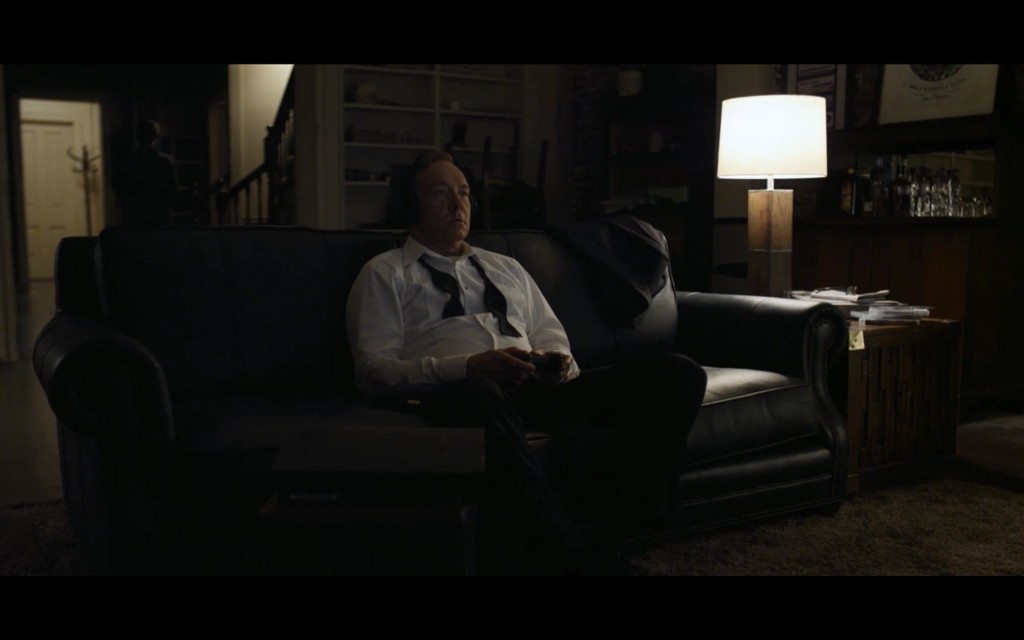Since season three of the Netflix original series “House of Cards” aired last week, water cooler conversations have fluctuated between season spoilers and envious remarks about Claire Underwood’s wardrobe. The success of the show, which was reportedly watched in its entirety last weekend by roughly 2% of all Netflix subscribers, is a testament to the impact that data has had on film and entertainment.
“House of Cards” made headlines during its first season as the inaugural show to guarantee popularity by basing key elements on viewer data. In a story published last year by The New York Times, the show was lauded for innovation in giving viewers exactly what they wanted–from the genre to the cast and crew. As the show matured, data has been used to suggest even more detail, including product placement.
As with any show, product placement is an important way to generate revenue for production and an opportunity to reach new fans for brands. “House of Cards” is no different. In this latest season, a variety of products can be spotted sprinkled throughout the show. Brands including Dell, Microsoft, Coca-Cola, Apple and InBev were represented on set. And although the show was immensely popular, the premier last weekend didn’t attract an uptick to Netflix–suggesting that the show has a strong core audience whose interests were guaranteed to fall in line with those of the show’s major product partners.
Last year, A-B InBev signed a deal as the exclusive beer marketer for the event, ensuring InBev’s Stella Artois, Budweiser and Shock Top received prime placement as the exclusive beer marketer to the show. Interested to understand who the core audience was and how it related to brands, People Pattern sampled data from the Netflix show and InBev’s Budweiser brand. What we discovered was elegantly calculated marketing.

An analysis of the psychographics from a sample audience of both “House of Cards” and Budweiser resulted in a nearly identical match in show/brand demographics. The majority of both audiences are made up of people who fall into the Business Executive persona: in this case, young, professional men interested in film, sports and television. The segment suggests a psychographic-derived segment where the Budweiser brand has the greatest opportunity to grow.
In order to understand this opportunity more holistically, People Pattern drilled down into the personas to learn more about the Business Executive. Based on the data, the top persona for “House of Cards” was professional, with a high concentration living in New York City. This audience tended to spend free time listening to music and watching television, making him a prime viewer for a binge show.

The top persona that emerged from InBev’s Budweiser data was similar to the “House of Cards” Business Executive, with some key differences. The Budweiser fan was professional, young with a high concentration on the East Coast. However, Budweiser seemed to attract a customer more interested in watching professional sports on television and attending events than indulging in political drama.

In both cases, the dominant persona is young, professional who used his free time to unwind in front of the television. Whether it be to watch a long game on ESPN or to count himself among the 2% bingers, the Business Executive within the audiences enjoys relaxing on the couch. The perfect time for a cold beer.
Data creates a great opportunity for brands like Budweiser to expand their markets and drive awareness through partnerships with entertainment companies. Although top personas are complimentary, nuances in fans’ interests reflect consumers with different lifestyles and habits. Partnerships with complementary companies enables brands to expand markets and reach new audiences with a degree of sophistication that did not exist five years ago. “House of Cards” is a prime example of how data has transformed entertainment and marketing.
Reach across the aisle. Using customer analytics and audience insights, brands can benefit from the program by seeding products and forging partnerships to reach new audiences in impactful ways. Request a demo below.



Recent Comments